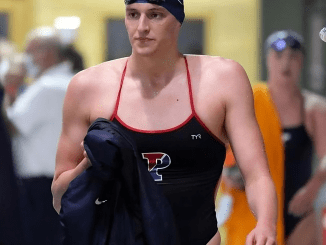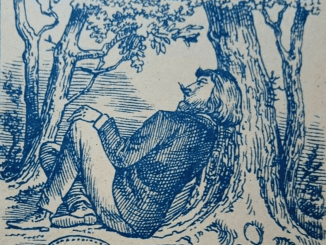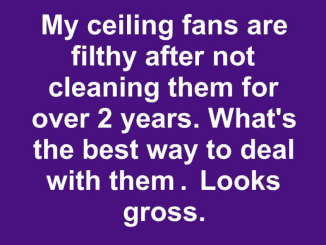Nose hair may not be the most glamorous topic, but it plays a crucial role in maintaining your health. Despite their unsightly appearance, nose hairs serve as your body’s first line of defense against harmful particles.
However, the common practice of plucking nose hairs can lead to severe health risks, including a potentially fatal condition known as the “triangle of death.” Dr. Erich Voigt, an otolaryngologist at New York University, along with various studies, offers valuable insights into why this seemingly harmless habit should be avoided.
The Importance of Nose Hair

Nose hairs, medically referred to as ‘vibrissae,’ are more than just annoying strands that peek out from your nostrils. These hairs act as a protective barrier, trapping dust, allergens, and other small particles that could otherwise enter your lungs and cause respiratory issues. Additionally, the nose is lined with microscopic hairs called cilia. These cilia work to move mucus and trapped particles toward the throat, where they can be swallowed or expelled, further safeguarding your respiratory system.
Risks Associated with Plucking Nose Hair
Plucking nose hairs might seem like a quick fix, but it can lead to several complications. These include ingrown hairs, nasal vestibulitis, and nasal furunculosis—all of which can cause significant discomfort and health problems.
Ingrown Hairs
An ingrown hair occurs when a hair grows back into the skin rather than out of it. This can result in irritation, inflammation, and infection. Inside the nose, ingrown hairs can be particularly painful and difficult to treat due to the sensitive nature of the nasal tissue.
Nasal Vestibulitis

Nasal vestibulitis is an infection of the nasal vestibule, the front part of the nasal cavity. This condition can develop from minor injuries, such as those caused by plucking. Symptoms include redness, pain, and pimples or sores inside the nose. If left untreated, this infection can spread, leading to more severe health issues.
Nasal Furunculosis
Nasal furunculosis is a deeper infection within the nose that causes painful swelling. This condition can escalate into a serious problem if the infection spreads, particularly if it reaches the veins that connect to the brain, posing a significant health risk.
The ‘Triangle of Death’

The term “triangle of death” refers to the area of the face that includes the nose and upper lip. This region is particularly vulnerable to infections because the veins that drain this area are connected to veins at the base of the brain. Plucking nose hairs can create small wounds, providing an entry point for bacteria. Once inside, these bacteria can travel through the veins and potentially cause life-threatening conditions such as cavernous sinus thrombosis, cellulitis, or even meningitis. While these infections are rare, they are extremely dangerous, especially for individuals with weakened immune systems.
Alternatives to Plucking Nose Hair
Given the risks associated with plucking, it’s wise to consider safer alternatives for nose hair grooming. Trimming, rather than plucking, can effectively manage nose hair without the associated health risks.
Trimming with Scissors
Use scissors with rounded tips designed specifically for nose hair trimming. These scissors are safe to use inside the nostrils and minimize the risk of injury.
Electric Nose Trimmers
Electric trimmers offer a quick and easy way to keep nose hair under control. These devices are designed to trim hair without disturbing the hair follicles, reducing the risk of irritation and infection.
Laser Hair Removal
For those looking for a more permanent solution, laser hair removal is an option. However, this procedure should only be performed by a qualified professional, as improper techniques can damage the delicate mucous membranes inside the nose.

Trimming Techniques
Use Scissors with Rounded Tips
Scissors with rounded tips are essential for safe trimming. These are designed to prevent injury while efficiently cutting visible nose hairs.
Electric Nose Trimmers
Electric trimmers provide a safer alternative to scissors and eliminate the need to pluck nose hairs. They reduce the risk of cuts and infections by trimming hair without pulling it out.
Laser Hair Removal
Consult a Professional

If considering laser hair removal, ensure that the procedure is performed by a board-certified dermatologist or plastic surgeon to minimize risks.
Consider the Risks
Laser hair removal can be risky if not done correctly. It can damage the mucous membranes inside the nose, so it’s crucial to weigh the pros and cons.
The Role of Nose Hair in Respiratory Health
Nose hairs play a significant role in maintaining respiratory health. A 2011 study found that individuals with fewer nose hairs had a higher risk of developing asthma due to increased exposure to allergens. The study emphasized the protective function of nose hairs in filtering out harmful particles, thereby reducing the likelihood of respiratory issues. Plucking nose hairs decreases this natural defense, potentially putting you at greater risk for respiratory problems.

Conclusion
While grooming habits often focus on aesthetics, it’s important to consider the health implications of plucking nose hairs. The risk of severe infections, coupled with the essential protective role that nose hairs play, makes trimming a safer and more advisable option. By maintaining nose hair hygiene without resorting to plucking, you can prevent potential health complications and protect your well-being. Understanding the critical functions of nose hairs and following safe removal practices can help you avoid the dangers associated with plucking and keep the “triangle of death” at bay.


